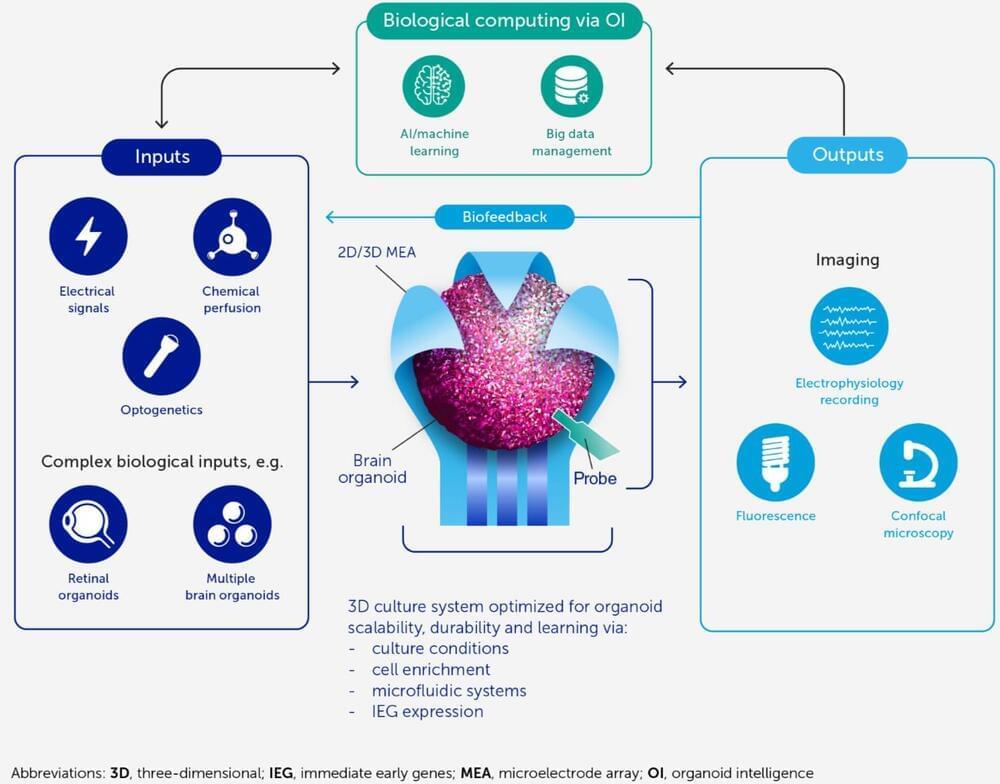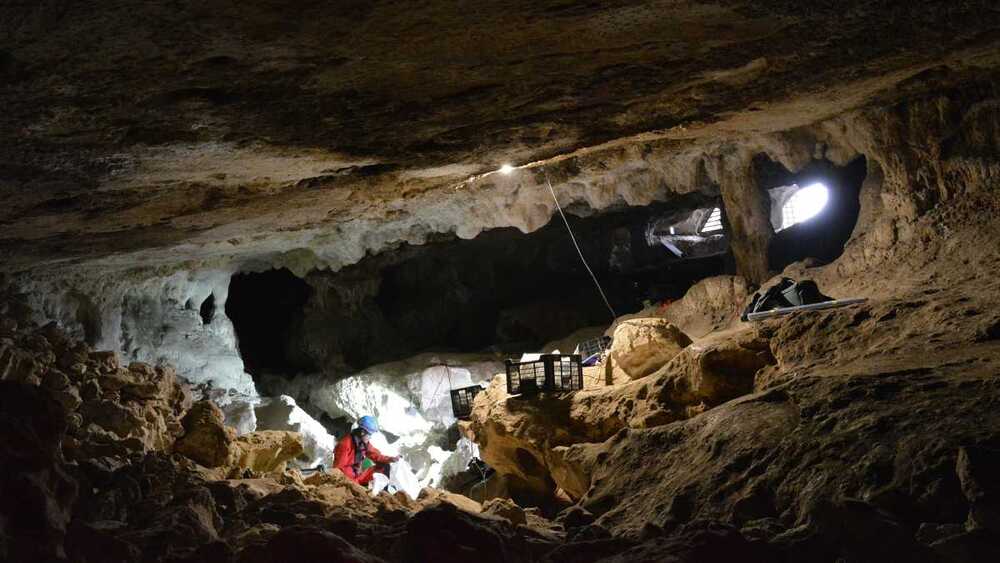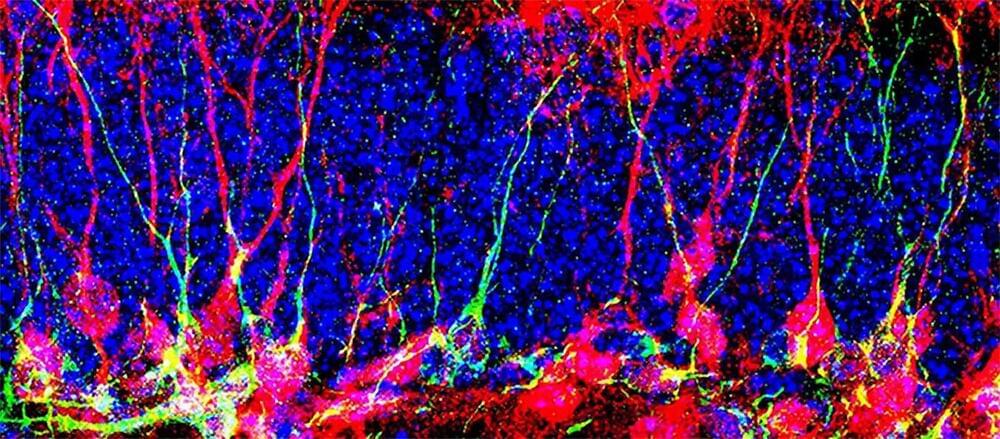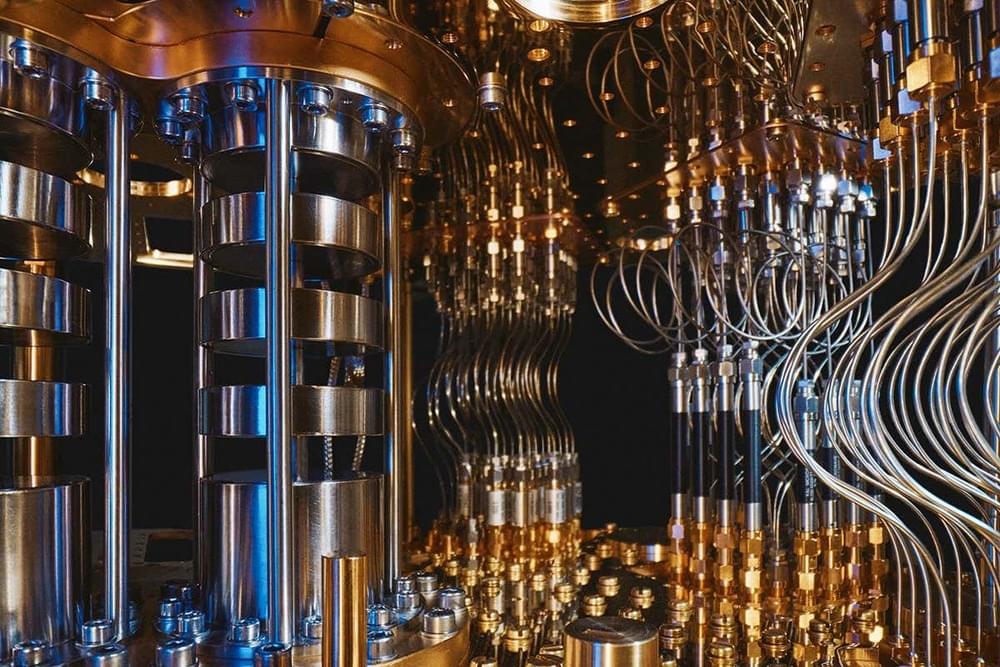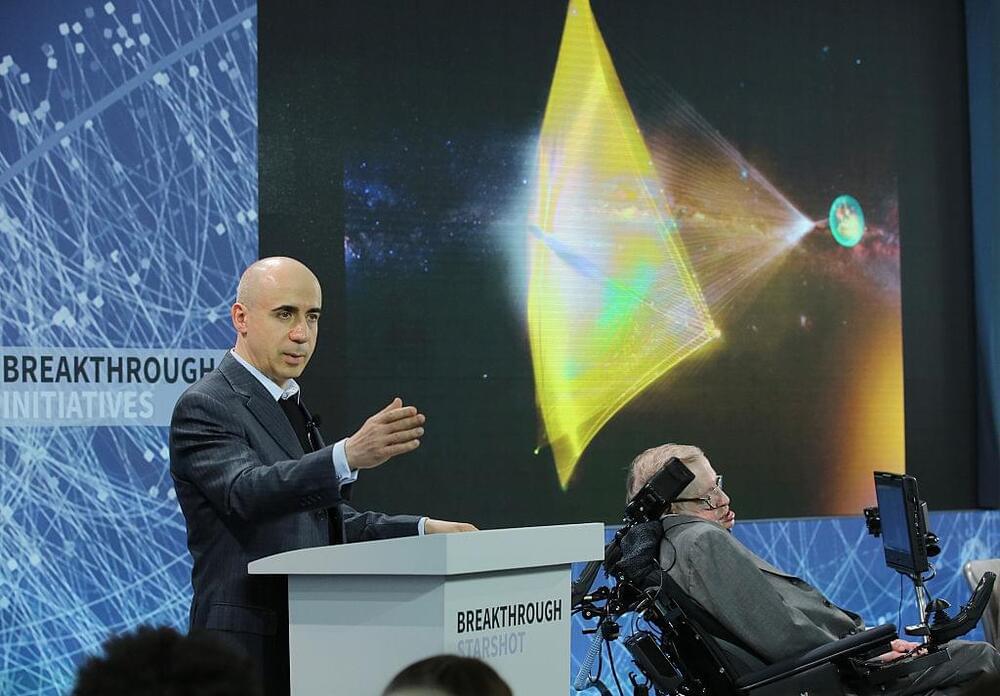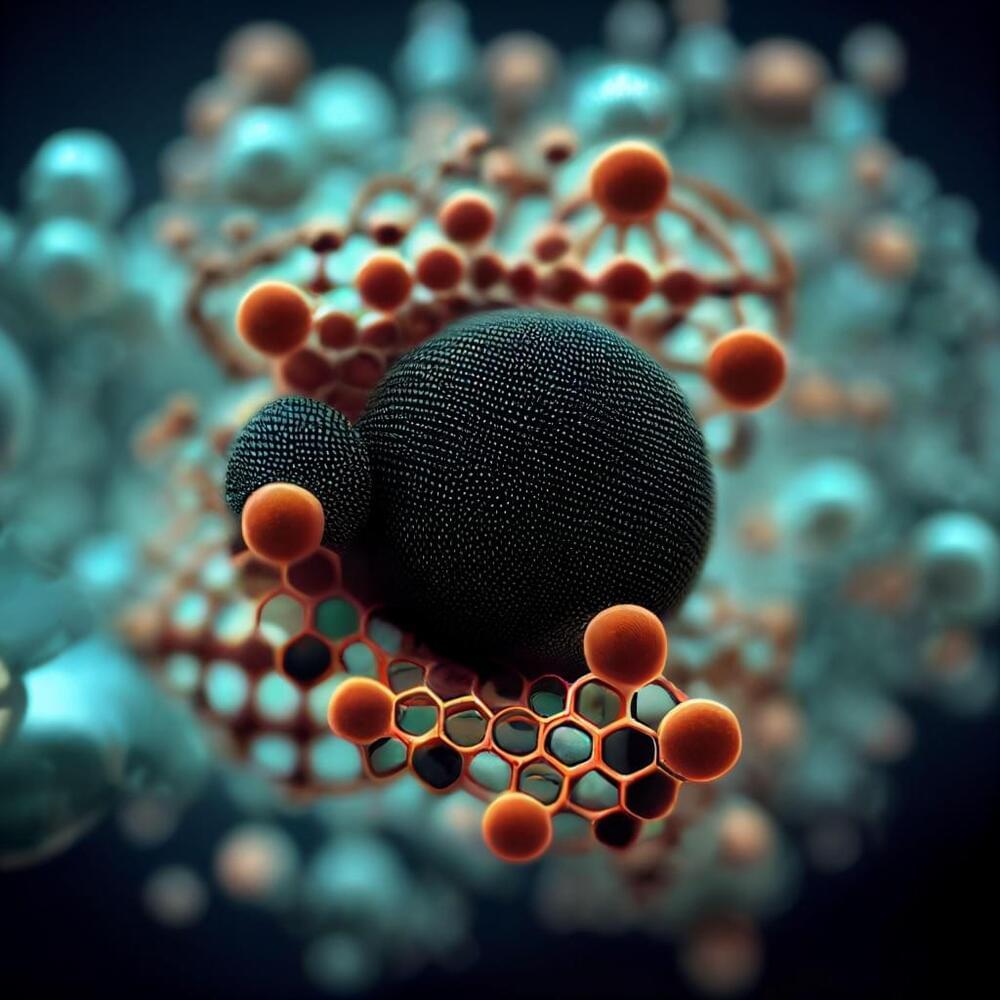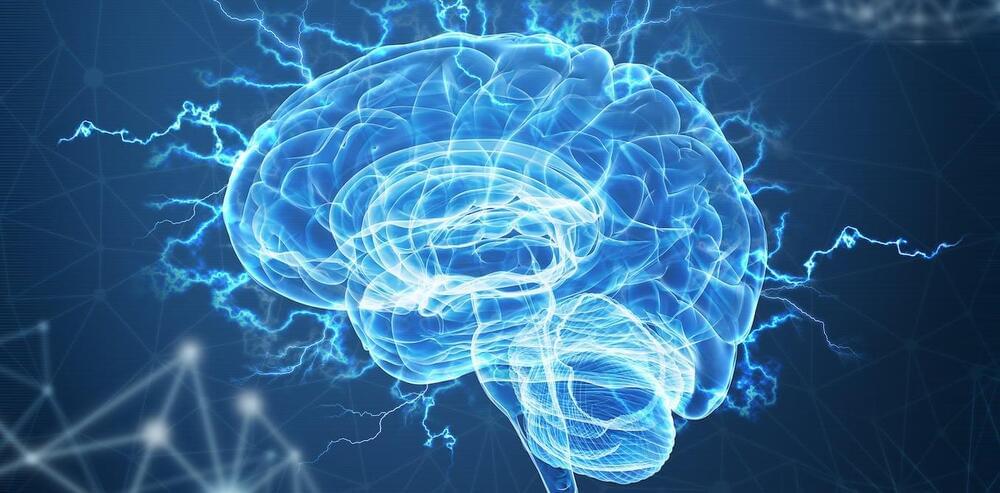Mar 7, 2023
Biocomputing With Mini-Brains as Processors Could Be More Powerful Than Silicon-Based AI
Posted by Jose Ruben Rodriguez Fuentes in category: robotics/AI
So why not sidestep this conundrum and use neural tissue directly as a biocomputer?
This month, a team from Johns Hopkins University laid out a daring blueprint for a new field of computing: organoid intelligence (OI). Don’t worry—they’re not talking about using living human brain tissue hooked up to wires in jars. Rather, as in the name, the focus is on a surrogate: brain organoids, better known as “mini-brains.” These pea-sized nuggets roughly resemble the early fetal human brain in their gene expression, wide variety of brain cells, and organization. Their neural circuits spark with spontaneous activity, ripple with brain waves, and can even detect light and control muscle movement.
